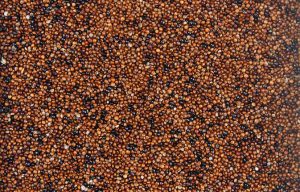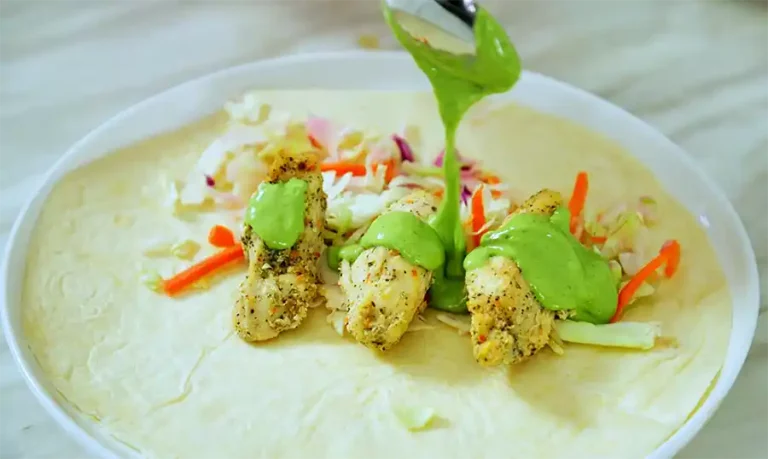
Kaniwa is often described as a grain, but is actually a seed that is cooked and consumed like a grain. Kaniwa seeds are gluten free, dark reddish-brown in color and are significantly smaller than its close relative quinoa. Kaniwa’s taste has been described as mild, nutty, and slightly sweet, similar to the flavor of quinoa. Unlike quinoa, kaniwa does not contain saponins, a component that requires rinsing before cooking.
Kaniwa comes from the Andes Mountains in Peru and is relatively new to the UnitedStates. It has been cultivated for thousands of years by the Incans as a source of protein. It was a staple grain of the ancient Aztec and Incan cultures. Culinary Uses Kaniwa has a relatively short cooking time, which makes it an excellent choice to add to salads, stir-fries, soups and stews, or even with fish. Since kaniwa seeds are extremely tiny, they would be perfect to sprinkle on top of salads. This seed can be grounded into flour and can then be used to make breads, sweet pastries, and hot chocolate. It can also be used in place of flour or breadcrumbs to coat fish and meats.
Kaniwa is an extremely nutritious seed. Like quinoa, kaniwa has a high nutrition value and has many health benefits. It is loaded with protein, dietary fiber, and antioxidants. Kaniwa is composed of flavonoids, which are antioxidants that have been proven to prevent cardiovascular disease, inhibit the growth of certain bacteria and viruses, reduces the risk of anti-inflammatory disease, and has anti-aging benefits. This seed is considered to be a complete protein because it contains all 9 essential amino acids.
Recipes Using Kaniwa:





